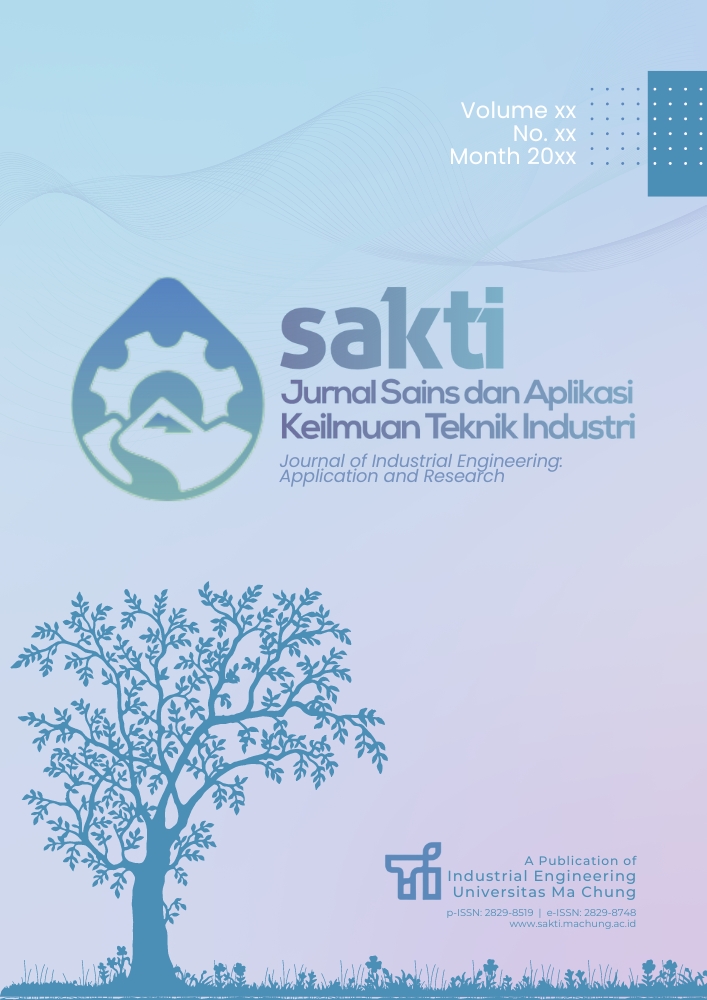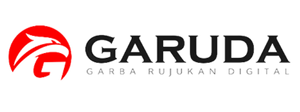Optimization of Tobacco Warehouse Temperature to Reduce Defects in Hand-Rolled Kretek Cigarette Products at PT XYZ
DOI:
https://doi.org/10.33479/sakti.v4i2.92Keywords:
Correlation, One-Way ANOVA, Optimization, Warehouse TemperatureAbstract
The quality of tobacco is a critical component in cigarette production, with moisture content standards ranging from 18% to 19% to prevent production issues caused by tobacco being too dry or too moist. At PT XYZ, a cigarette manufacturing company, storage room temperature was identified as a key factor affecting tobacco moisture content. This study aimed to determine the optimal storage room temperature to maintain tobacco quality using quality control techniques and experimental design. A correlation test revealed a very strong negative relationship (91.812%) between storage room temperature and tobacco moisture content. Using a Completely Randomized Design (CRD) and a one-way ANOVA test, the analysis showed that the storage room temperature significantly impacted moisture content. The optimal temperature for maintaining tobacco quality was found to be 21˚C. These findings underscore the importance of precise temperature control in ensuring tobacco quality, contributing to improved production processes and product consistency in the cigarette industry.
References
Altman, M. (2020). A more scientific approach to applied economics: Reconstructing statistical, analytical significance, and correlation analysis. Economic Analysis and Policy, 66, 315–324.
Erdi, & Haryanti, D. (2023). Pengaruh kualitas bahan baku dan proses produksi terhadap kualitas produk di PT Karawang Foods Lestari. Jurnal IKRA-ITH Ekonomika, 6(1), 199–206.
Hasdar, M., Meilani, D., & Wadli. (2021). Rancangan acak lengkap dan rancangan acak kelompok pada pH gelatin kulit domba dengan pretreatment larutan NaOH. Journal of Technology and Food Processing, 1(1), 17–23.
Hinkelmann, K. (2012). Design and analysis of experiments. John Wiley & Sons. Hoboken, NJ.
Rahmadeni, Susandi, Y., Yendra, R., & Desvina, A. P. (2019). Analisis diskriminan Fisher untuk klasifikasi risiko kredit. Seminar Nasional Teknologi Informasi, Komunikasi dan Industri, 11, 478–481.
Rahmatullah, A., & Khaerudin, D. (2020). Desain eksperimen pengaruh penambahan water proofing terhadap nilai kuat tekan beton. Jurnal Sains dan Teknologi, 20(1), 41–46.
Rahmawati, A. S., & Erina, R. (2020). Rancangan acak lengkap (RAL) dengan uji ANOVA dua jalur. OPTIKA: Jurnal Pendidikan Fisika, 4(1), 54–62.
Riadi, M. S., Asni, A., & Kasmawati. (2021). Fortifikasi kulit udang vaname pada ekado. Seminar Ilmiah Nasional FPIK UMI, 1, 48–60.
Sekaran, U., & Bougie, R. (2016). Research methods for business: A skill-building approach. John Wiley & Sons Ltd. Chichester, United Kingdom.
Sugiyono. (2012). Metode penelitian kuantitatif, kualitatif, dan R&D. Alfabeta. Bandung, Indonesia.
Suharjo, B. (2008). Analisis regresi terapan dengan SPSS. Graha Ilmu. Yogyakarta, Indonesia.
Suharyanto, Herlina, R. L., & Mulyana, A. (2022). Analisis pengendalian kualitas produk waring dengan metode seven tools di CV. Kas Sumedang. Jurnal TEDC, 16(1), 37–49.
Wulansari, A. D. (2019). Aplikasi statistika parametrik dalam penelitian. Pustaka Felicha. Yogyakarta, Indonesia.









